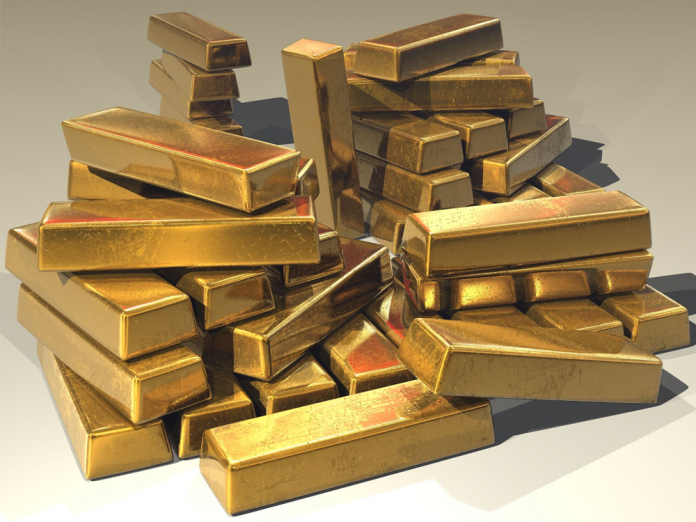On Monday, it initially looked like investors would be happy to “tread water” until the Thursday trade war meeting in Washington.
But as of this morning, things are getting ugly.
The Dow, S&P, and Nasdaq Composite are down 1.1%, 1.3%, and 1.4% respectively. Optimism about the upcoming U.S.-China trade talks has faded dramatically.
Bank stocks got absolutely skewered as a result. J.P. Morgan Chase, Citigroup, and Bank of America all dropped more than 2%. They were driven down by the 10-year Treasury yield, which fell to 1.51%.
Big tech was another casualty of the bearish swing. Facebook, Apple, Amazon, and Alphabet are down too, albeit less than the banks. The only FAANG stock to escape the carnage was Netflix, which already looks oversold after dropping 27% since mid-July.
Don’t forget semiconductor stocks, either; the VanEck Vectors Semiconductor ETF (NYSE: SMH) – a favorite among tech traders – sunk 2%.
Almost every sector is feeling the pain today, save for the precious metals miners. But even then, they’re not doing as well as you’d think. On “bad days,” like today or last Wednesday, when the S&P dropped 1.77%, investors would expect gold to erupt.
However, it’s not really happening. Gold (or silver, for that matter) isn’t “popping” like it used to.
This phenomenon is occurring, in my opinion, for two reasons:
- In a low-rate (almost zero-rate) world with low inflation, gold is less attractive.
It’s no surprise that investors aren’t buying gold when inflationary risk is low. But that doesn’t completely explain why the SPDR Gold Trust (NYSE: GLD) is only up 0.63% today.
Instead, I believe something else is going on that’s far more important to investors than low inflation:
- Nobody believes that the “system” is in danger of failing.
After the 2008 financial crisis, the market was worried that another disaster could hit at any time. The housing bubble was fresh in everyone’s minds, and gold quickly became a hot commodity once again.
At the time, inflation was low (just like now), meaning that investors weren’t buying gold to protect themselves against inflationary risk. They were simply scared that a financial collapse was right around the corner.
By 2011, however, fears of another bubble subsided, and gold sold off tremendously over the next five years. It wasn’t until the start of the U.S.-China trade war that gold finally began its recovery.
But these days, gold has stalled once again despite a stumbling market. Investors are as uncertain as they’ve been in a long, long time, but money hasn’t poured into precious metals in a big way.
At least, not yet.
Until we get word that the trade war has escalated, President Trump is removed from office (via election or impeachment), or some other kind of world-rocking event has happened, the market appears to have faith that everything’s just fine.
For bulls, that’s excellent news. Today’s sell-off might just be a blip on the next rally’s radar. But that could all change come Thursday, of course, after the U.S. and China trade contingencies meet in Washington.
If the talks don’t go well, you can be sure that gold will “shine” a bit more than it has in recent months.
Even if inflation, the eternal boogeyman of goldbugs everywhere, remains under 2%.








